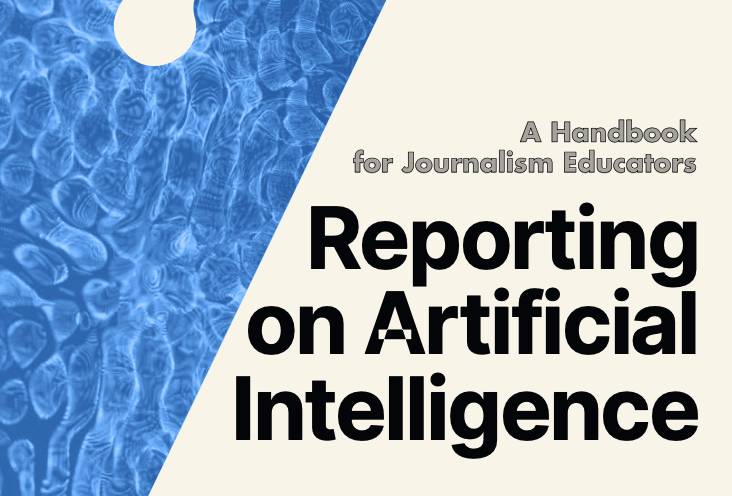Education
A collection of resources introducing journalists and communicators to key themes in AI research and debunking harmful myths.
-

Elements of AI free online course
LANGUAGE: Various languages
TIME required: 3-5 hours.
Two short courses. The first one focuses on understanding the basics of what is AI and helps answer common questions about its definition or whether something is AI. The second one focuses on implementation and a deeper understanding of how algorithms work. Some programming skills are recommended for the latter.
-

Demystifying Artificial Intelligence: Separating Fact from Fiction (Scottish AI Alliance)
LANGUAGE: English.
TIME required: less than 30 minutes.
This blog post is tailored for a general audience and aims to clarify and dispel common misconceptions stemming from the media's portrayal of AI. It delves into genuine concerns and risks associated with AI, such as job loss.
-

AI Myths Website (Daniel Leufer, Mozilla Foundation)
LANGUAGE: English
TIME required: 1-2 hours.
This website is designed for a broad audience, aiming to dispel prevalent myths and misconceptions related to AI often perpetuated by the media. It is organised into eight sections, delving into AI's portrayal, definition, governance, and applications. Each section links to further resources for those seeking in-depth insights into the discussed topics.
-

Explainer: What is a foundation model? (Ada Lovelace Institute)
LANGUAGE: English
TIME required: less than 30 minutes.
This webpage serves policymakers and regulators as well as any audience interested in foundation models, also known as ‘general-purpose artificial intelligence.’ It aims to develop a shared understanding around some established and contested terms related to different kinds of foundation models and model ecosystems to enable effective communication and decision-making around them.
-

Lessons on Neural Networks
LANGUAGE: English
TIME required: 2-3 hours.
A series of videos visually explaining the mathematical and technical concepts behind how neural networks and large language models work. It is also available as interactive texts.
-

Reporting on artificial intelligence: a handbook for journalism educators (UNESCO)
LANGUAGE: Various languages
TIME required: 4-5 hours.
This handbook primarily caters to journalism educators, while also being a valuable resource for practising journalists and journalism students. It helps to develop theoretical knowledge about AI and ethical considerations around it, as well as an understanding of the journalists’ role in mediating and shaping the discourse on AI.
-

Generative AI in the Newsroom
LANGUAGE: English
A blog about developments and ideas for implementation of generative AI systems in the newsroom, as well as discussions about its responsible use.
